Beginnings of SDN Tigger's Honeypot Randwick at UNSW
“I see young infants and children as capable learners and families as their first and most important teacher. I believe that in partnership with us, the best outcomes for children in our care can be achieved”- Stefano Johnson, Centre Director at SDN Tigger’s Honeypot Randwick at UNSW
SDN Children’s Services begins in 1905
In 1905 a determined group of women from Sydney’s upper classes who understood ‘the difficulties that beset the paths of working mothers’ founded the Sydney Day Nursery Association. The Association aimed to improve the welfare of children whose mothers were facing poverty and had to work to provide for their family. Infant mortality was high and the Kindergarten Union was only able to provide daycare services for a few hours a day. With no other option, these young children were often left to fend for themselves among the streets of working class Sydney.
In response, the Association opened its first Day Nursery in a terrace house in Dowling Street, Woolloomooloo in 1905, the first long daycare centre in NSW. For just three pence a day, babies and children were bathed, fed, clothed and cared for from 7.00am to 6.30pm.
Due to overwhelming demand, the Association opened Day Nurseries in five more locations in the inner city soon after. These were all areas of need in Sydney with large working population.
History of UNSW
The University of NSW (UNSW) began operations in 1949 at its Kensington campus in Sydney’s eastern suburbs, the home of the traditional owners of the area, the Cadigal people. UNSW has its roots in the Sydney Mechanics Institute (1843) and the Sydney Technical College (1878). Initially named the New South Wales University of Technology, the institution took its inspiration from the Massachusetts Institute of Technology and the Berlin University of Technology. Its goal was the improvement of the nation’s material wellbeing through excellence in science and technology.
While UNSW’s initial focus was on science and technology, today it offers courses in Arts, Fine Arts, the Built Environment, Commerce, Law, Life Sciences, Medicine and Management. The University has had a long engagement with the Asia-Pacific region and draws its diverse student body from around 120 countries.
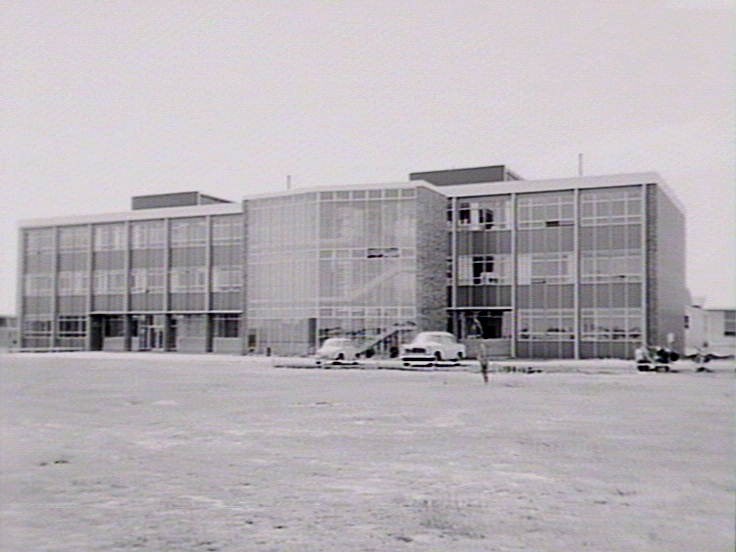
Above: UNSW at Kensington, 1961. Courtesy State Archives and Records Authority of NSW
Kanga's House
The UNSW Students’ Union (formerly the Student Guild) was central to introducing a second childcare centre after The House at Pooh Corner called Kanga’s House (now closed) in nearby Barker Street in 1981. Funded in part by the Commonwealth and State governments, Kanga’s House was open to the wider community. It also offered a much-valued night care program, which allowed parents to study, and attend lectures and meetings in the evenings. When an adjacent house to Kanga’s came on the market, the Board of Management approached UNSW to assist in the purchase of the property to increase the number of places for UNSW students and staff. Because the University agreed to provide recurrent funding, 16 new places were reserved for University staff.
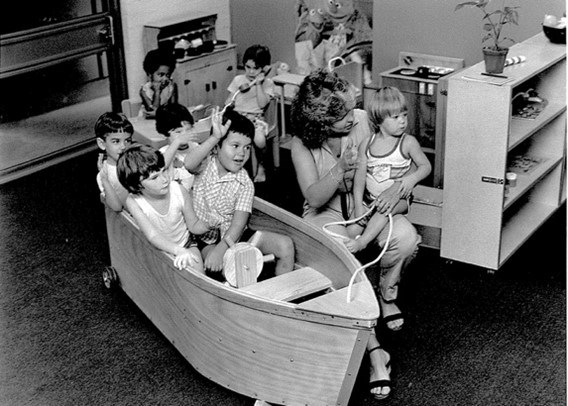
Above: Director, Rozanna Edmondson enjoys some playtime with first-comers at Kanga’s House, 1981. Courtesy UNSW Archives
Jam Jar to Tigger’s Honeypot
Despite Kanga’s House being a significant step in UNSW’s engagement in work-based childcare, it did not relieve the pressure for childcare services on campus. By 1991 waiting lists for childcare places exceeded 700 children.
To redress the lack of childcare places, the Students’ Union established a cooperative childcare entre called Jam Jar (eventually renamed Honeypot) in 1992. The cooperative offered carers unlimited childcare as long as they were willing to work in the centre to mind the children and help with the laundry and cleaning.
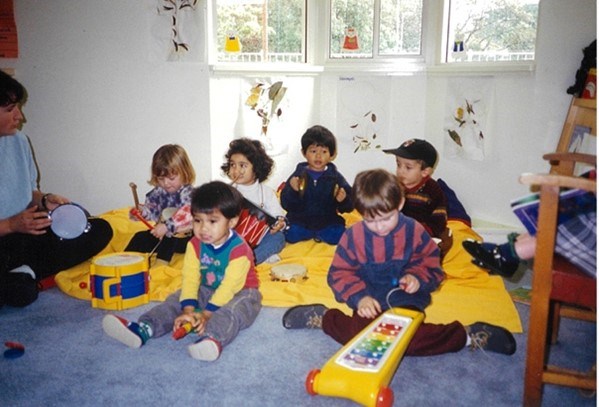
Above: Honeypot c1996. Courtesy UNSW Archives
During the 1990s UNSW had begun to focus on transforming itself into a more desirable and attractive campus to work and study. This vision was underpinned by a UNSW Equal Opportunity Unit childcare survey which showed significant need for a childcare centre. As a result, Honeypot and Tigger’s Place (1995) were developed. Tigger’s Place was solely for children of staff.
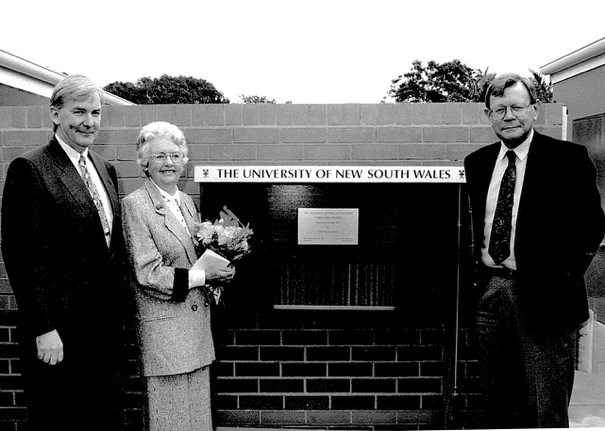
Above: Official Opening of Tigger’s and Honeypot by Lady Patricia Mason, 1995. Courtesy UNSW Archives
The Students’ Union continued to be a vital force in the push for campus childcare. It was involved in managing and part-financing the centres until the introduction of nationwide voluntary student unionism in 2006. At this point the licences for the centres began to be transferred to UNSW under a model of operations known as UNSW Early Years Learning Centres where the University undertook to own, operate and fund the childcare services. Under this banner, Tigger’s Place and Honeypot amalgamated in 2008 to become Tigger’s Honeypot.
“Staff levels are above industry requirements symptomatic of a commitment to quality of individual care.” - Ms. Stacey Williams, Director of Tigger’s Place, Uniken 3 March 1995.
The SDN Era
In May 2020, UNSW announced it would be closing Kanga’s House at the end of 2020, and called for tenders to operate the remaining three centres. SDN successfully tendered, and following an extensive transition process, began management of Tigger’s Honeypot, The House at Pooh Corner and Owl’s House on behalf of UNSW in January 2021. Like UNSW Early Learning Centres, SDN’s qualified team facilitates innovative, child-centred and child-led learning programs in a safe, healthy and stimulating context. These centres help all children to develop a lifelong love of learning through activities and teaching approaches that nurture caring hearts, healthy bodies and curious minds.Children at Tigger’s Honeypot continue to tend the resident chickens and vegetable patch, as well as visiting older friends at the Milford House aged care facility.
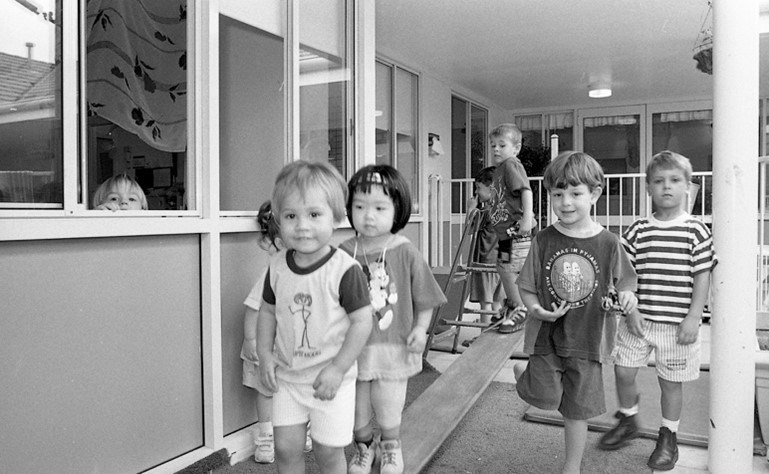
Above: Tigger’s Place, 1997. Courtesy UNSW Archives
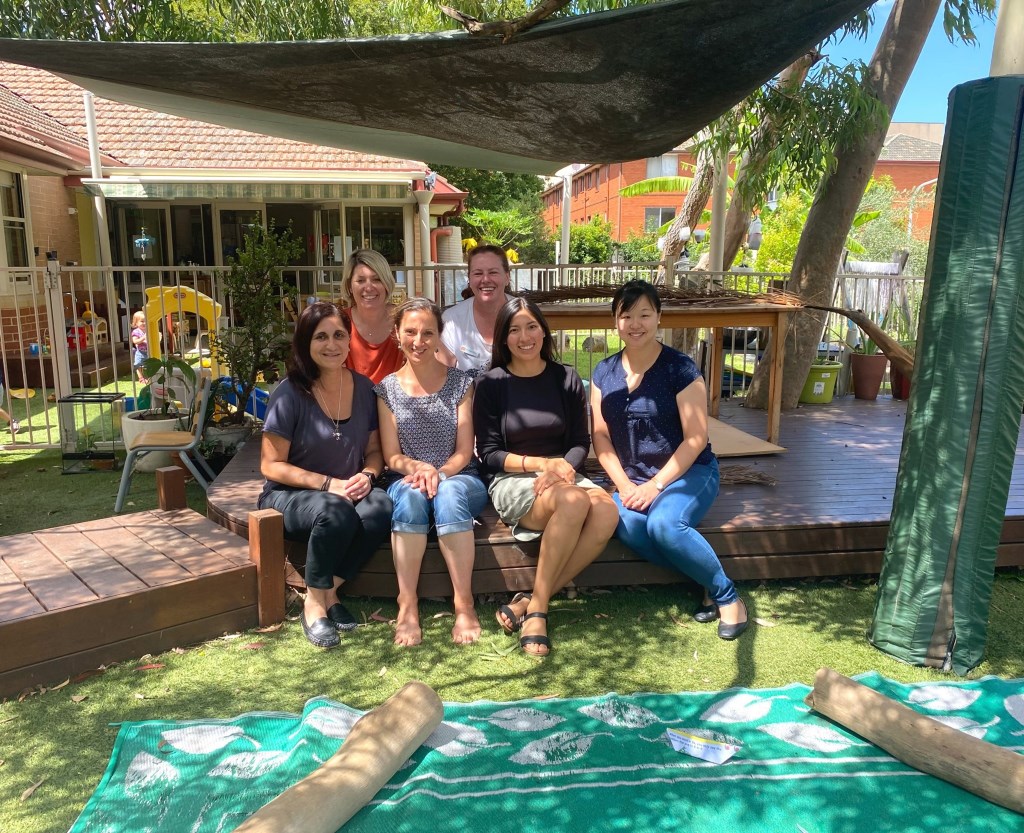
Above: SDN Tigger’s Honeypot Staff during the first week of operation, January 2021
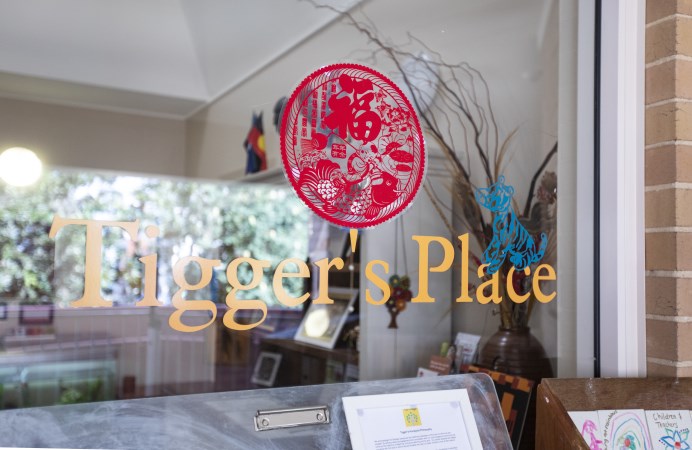
Above: Tigger’s Place signage remains on the window, 2021
At SDN Tigger’s Honeypot Randwick at UNSW, our philosophy has a strong focus on social justice and what we can do to make a change to our world. We have a view that children are worldly citizens that have wonderful ideas of how we can make our world a better place.

